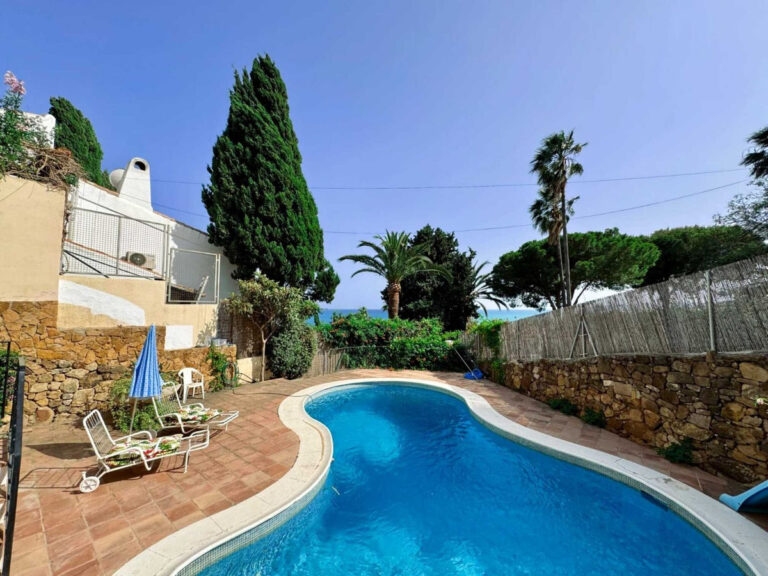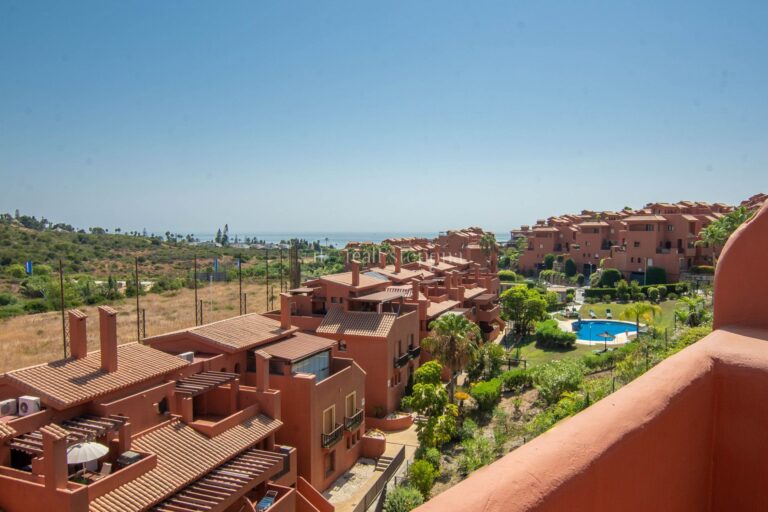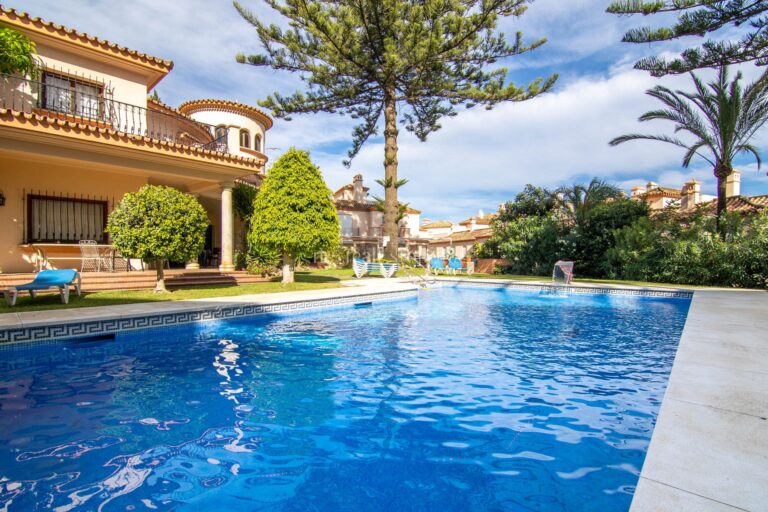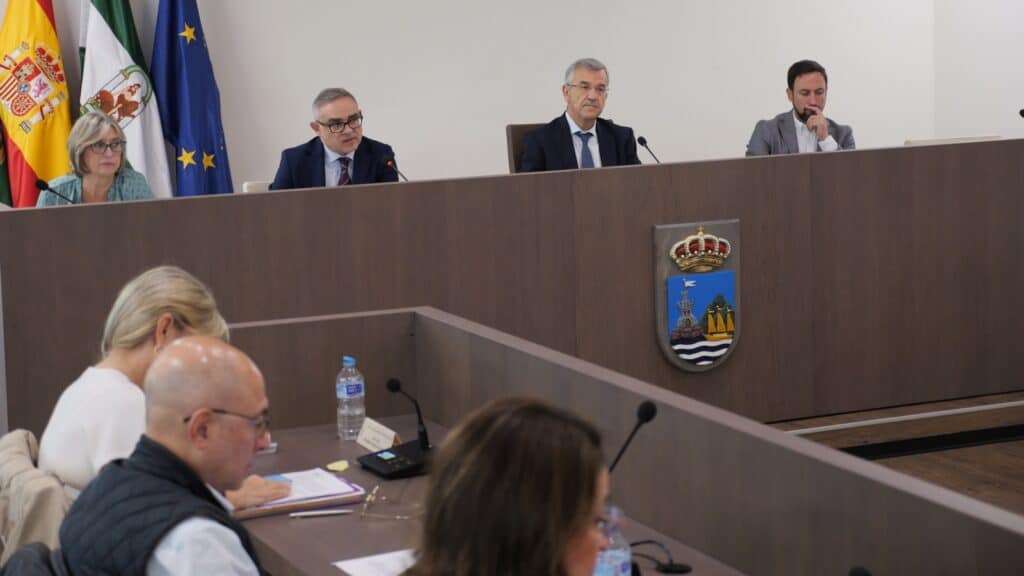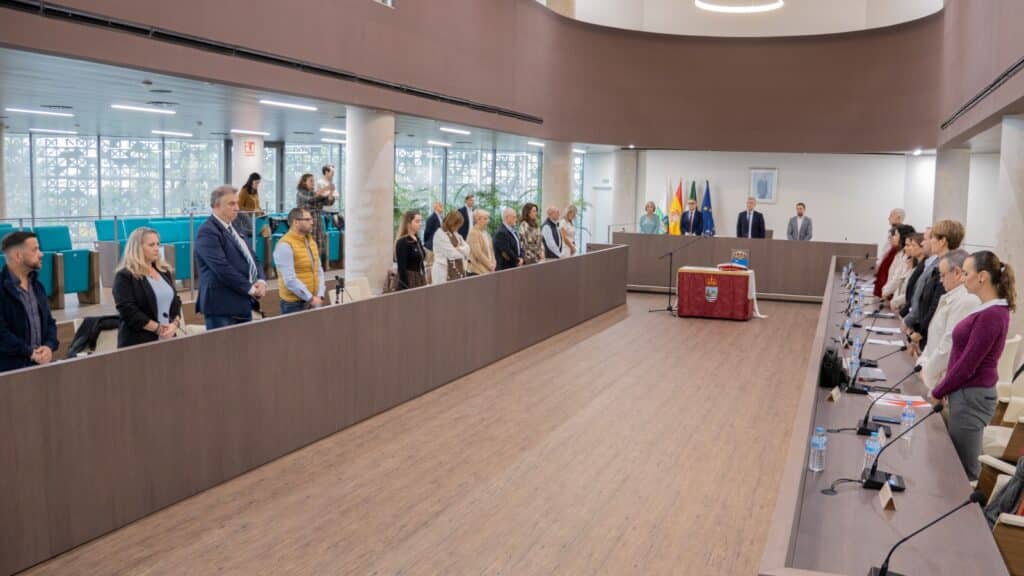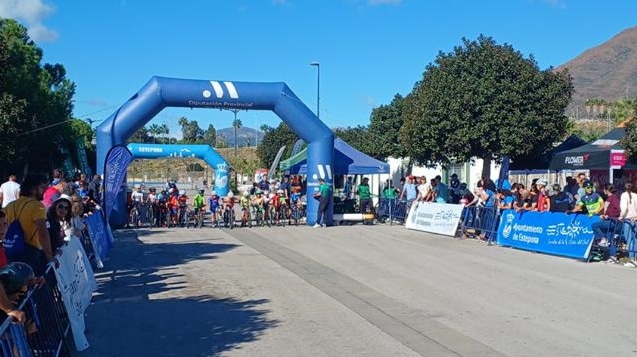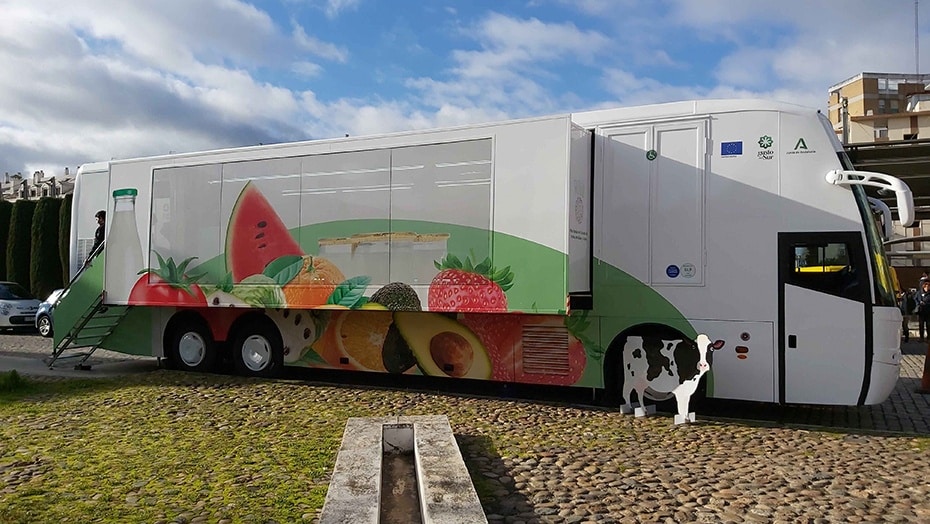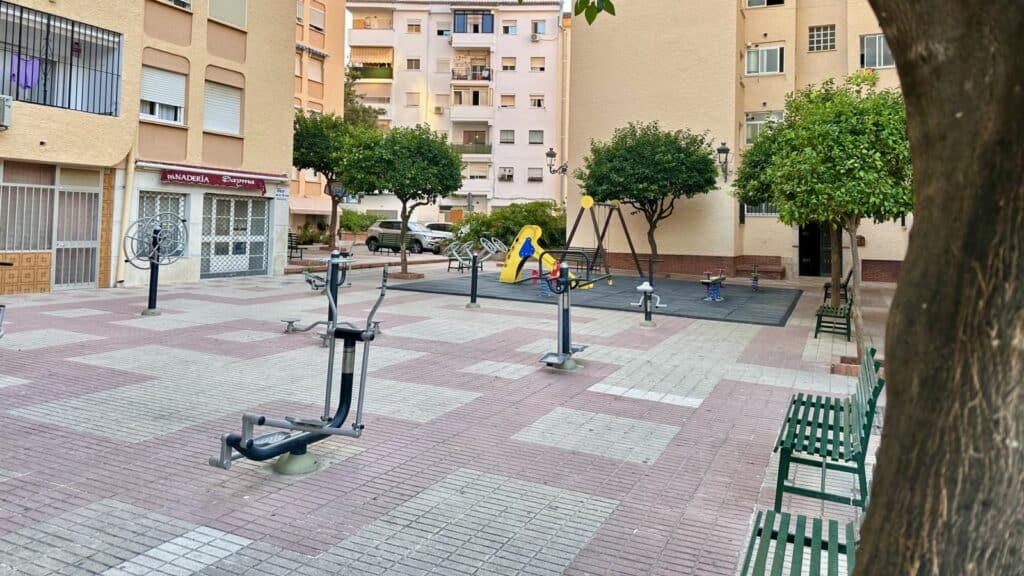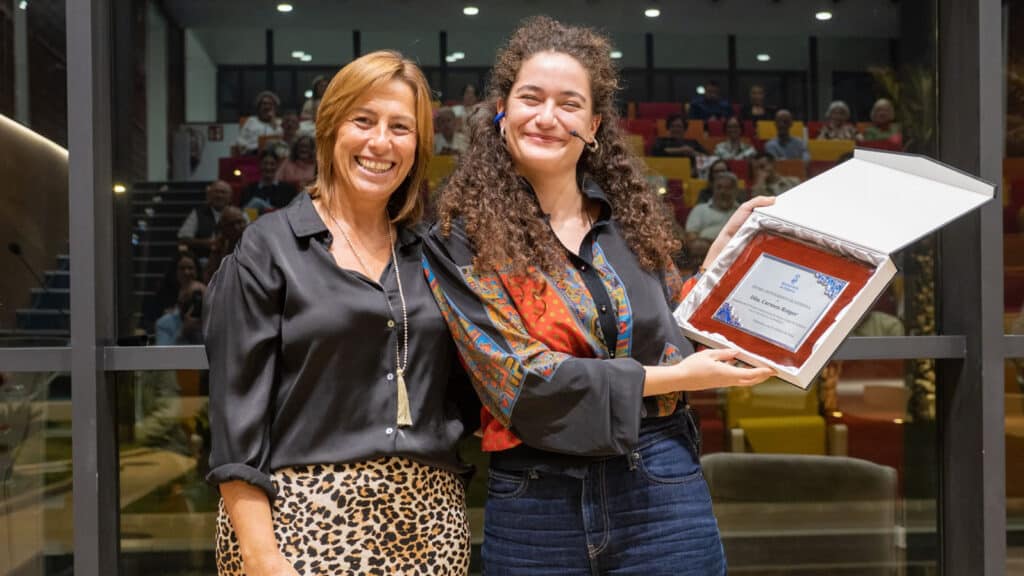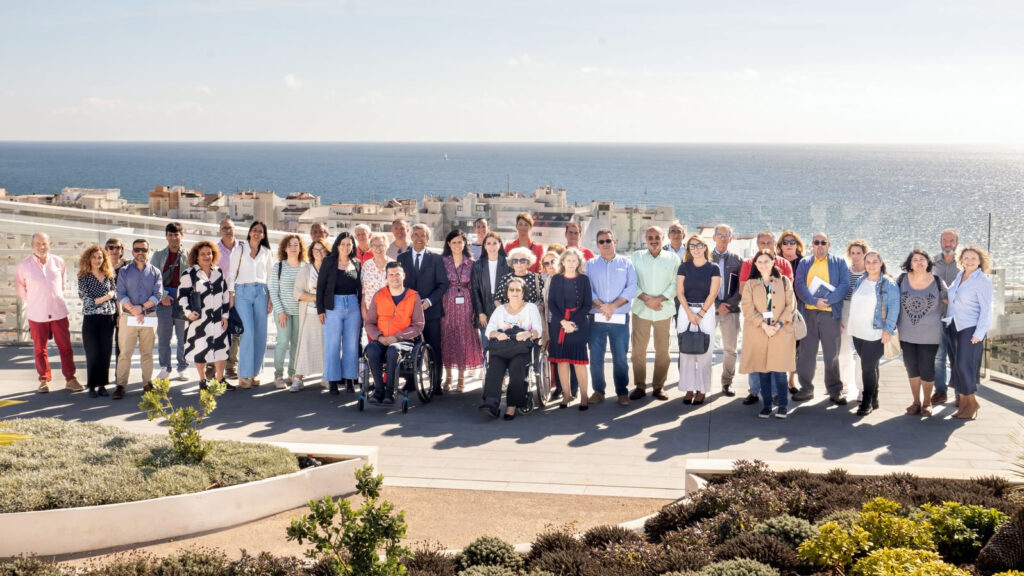The City Council recovers several wells that have been inactive for three decades to capture water for drinking water.
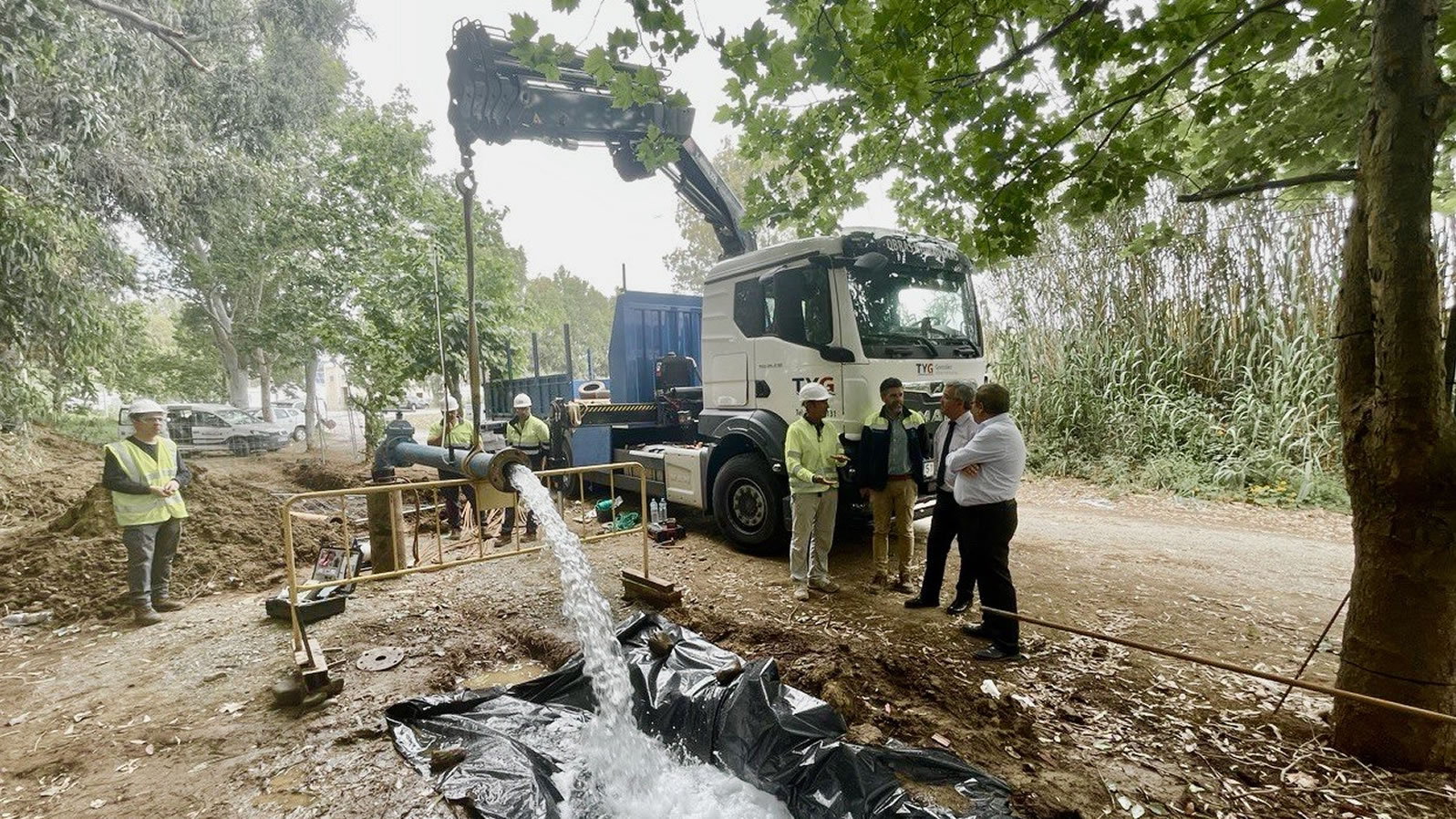
The water resources obtained will go directly to the new desalination plant and from there will be fed into the city’s water supply network. The plant to eliminate the salinity of the water will start operating in a few weeks, producing between 3,000 and 4,000 cubic meters per day in the first phase.
Estepona City Council reports that work is being completed to recover several wells that have been inactive since 1990 and which will capture new water resources to be used in the supply network of the city after passing through the new desalination plant.
The research soundings, which are carried out jointly with the company Hidralia, concessionaire of the water service in Estepona, have given excellent results both in the quantity and quality of the water resources found. At the moment the works are focused on wells located in the lower area of the Padron River, where one of them is already ready to start providing water to the desalination plant. At the same time, work is being carried out on the drilling of a second well at a depth of between 15 and 20 meters.
The technicians are working with the realization of quantity tests (pumping tests) and quality tests (to see if the water from the well meets the salinity requirements of the desalination plant). At the moment, according to Hidralia, the results are very satisfactory.
The water that has already begun to be obtained comes from the alluvial aquifer of the Padrón River. Due to the scarcity of rains, these wells tend to salinize -a common phenomenon in all the Mediterranean account- reason why they have been without use for years. Precisely the salinity of the water makes it undrinkable, hence the importance of the project that the City Council is pursuing to obtain these resources and remove the salinity in the new desalination plant that is being built and which will start operating this May.
The Mayor, Jose Maria Garcia Urbano, has visited the works that are being carried out in these wells and has emphasized that the works to increase the capacity to generate new water resources for the city “are going at a good pace”. In this sense, he specified that the desalination plant, which will come into operation in May, will initially produce between 3,000 and 4,000 cubic meters of water per day, although its flow rate will increase.
“On the other hand, between June and July we want to produce another 8,000 cubic meters per day with the containerized desalination plant that will be built in the Castor River area, and by 2025 we want to increase that amount to between 20,000 and 30,000 new cubic meters. In this way, next year Estepona will have the capacity to generate sufficient water resources with sea water without the need for other sources of inflow as we have at the moment”.
The councilman wanted to value the “technical and economic effort we are doing with Hidralia, the water concession company, and the City Council itself to increase our capacity for self-generation of water resources and I am sure that we will get it in a very short time.






